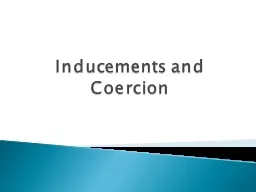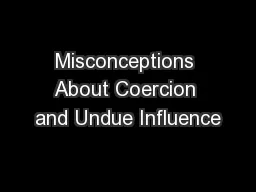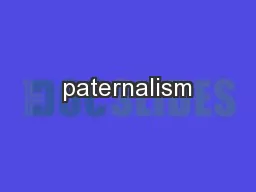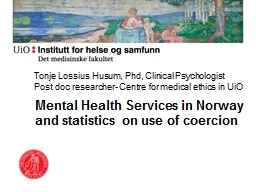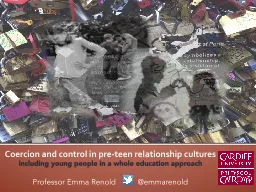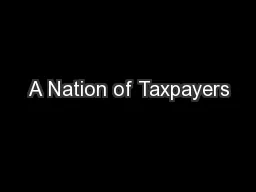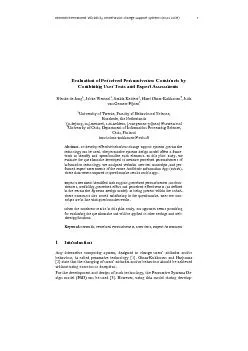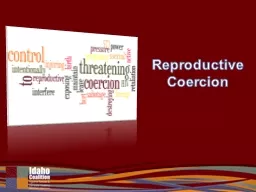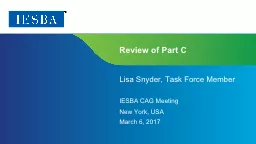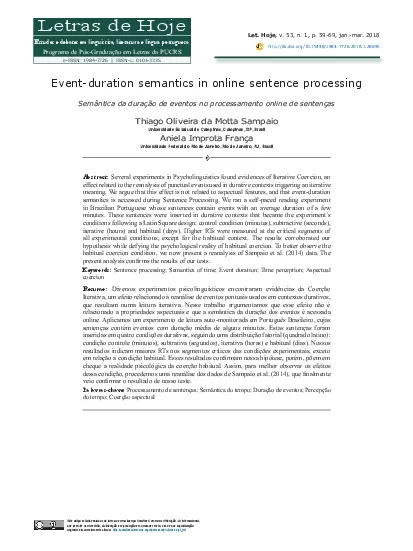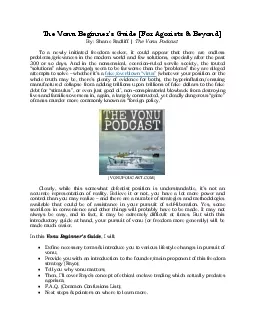PPT-Inducements and Coercion
Author : briana-ranney | Published Date : 2017-05-07
One cannot induce coerce or misrepresent another person into a contract Duress when instead of acting through personal choicewilldesire a person acts through fear
Presentation Embed Code
Download Presentation
Download Presentation The PPT/PDF document "Inducements and Coercion" is the property of its rightful owner. Permission is granted to download and print the materials on this website for personal, non-commercial use only, and to display it on your personal computer provided you do not modify the materials and that you retain all copyright notices contained in the materials. By downloading content from our website, you accept the terms of this agreement.
Inducements and Coercion: Transcript
Download Rules Of Document
"Inducements and Coercion"The content belongs to its owner. You may download and print it for personal use, without modification, and keep all copyright notices. By downloading, you agree to these terms.
Related Documents

